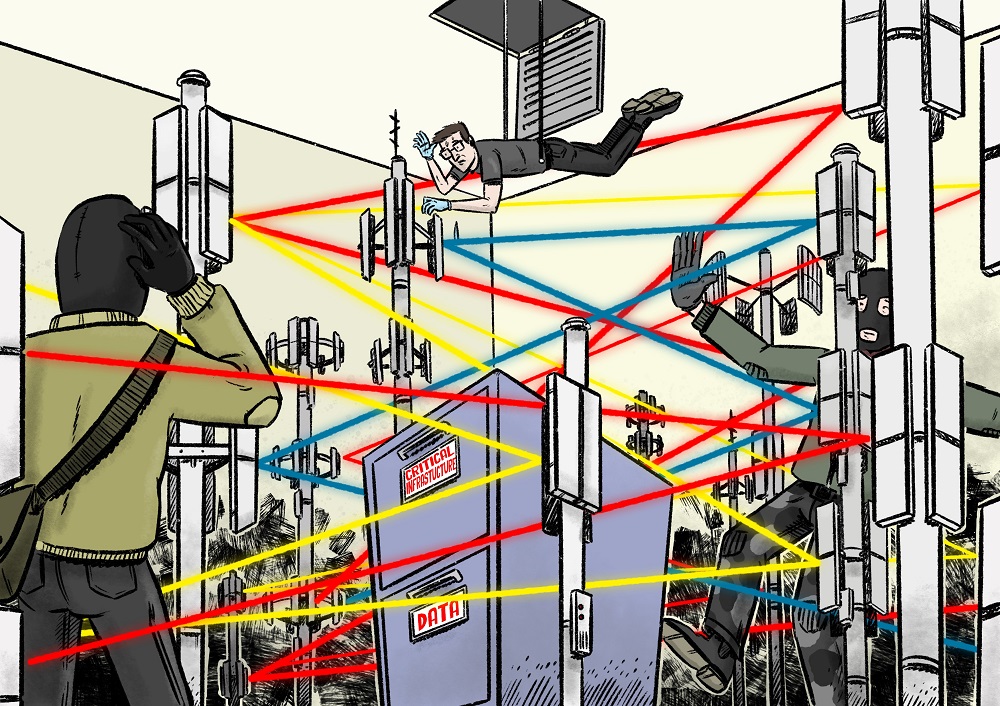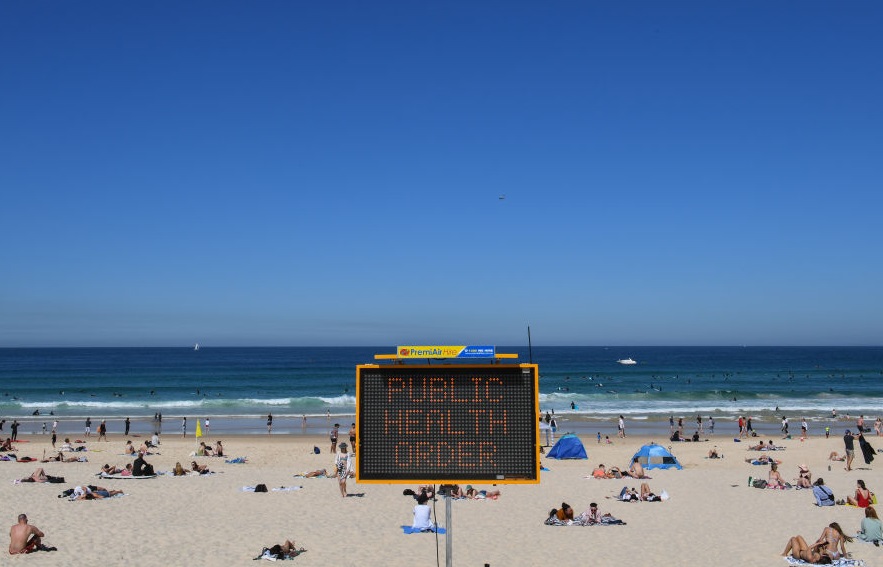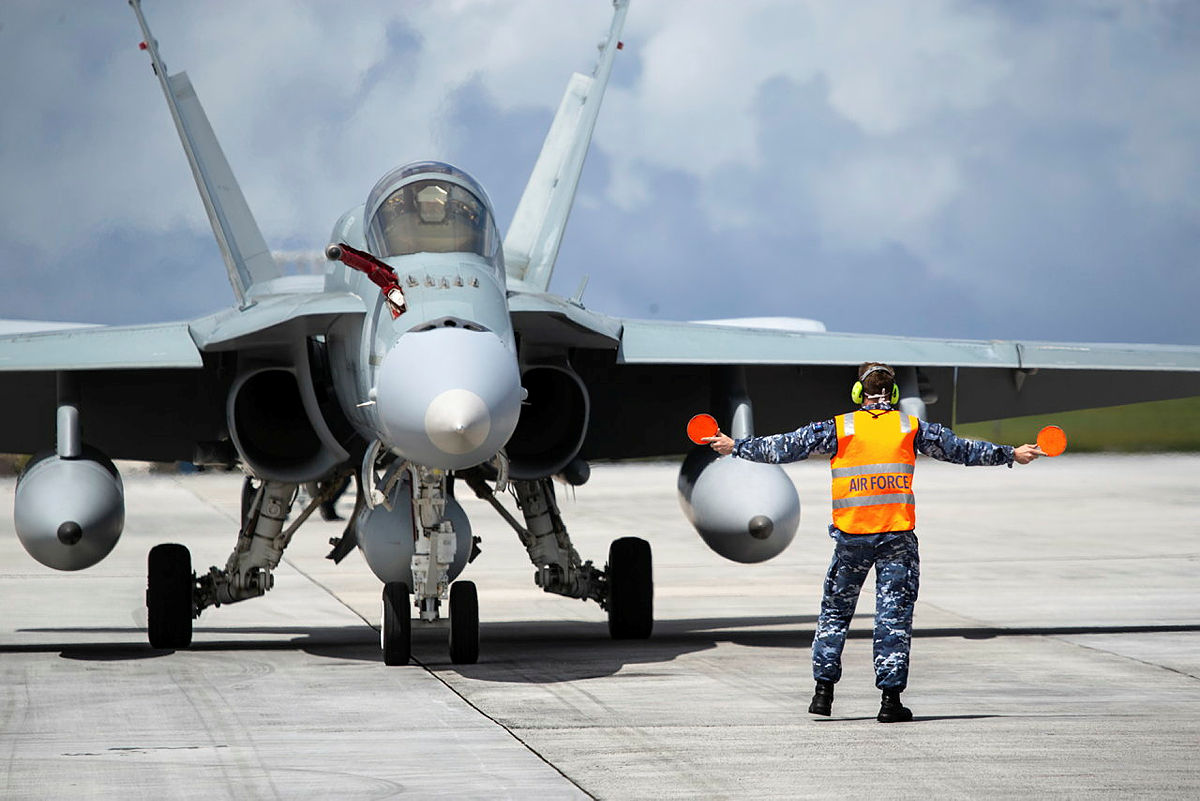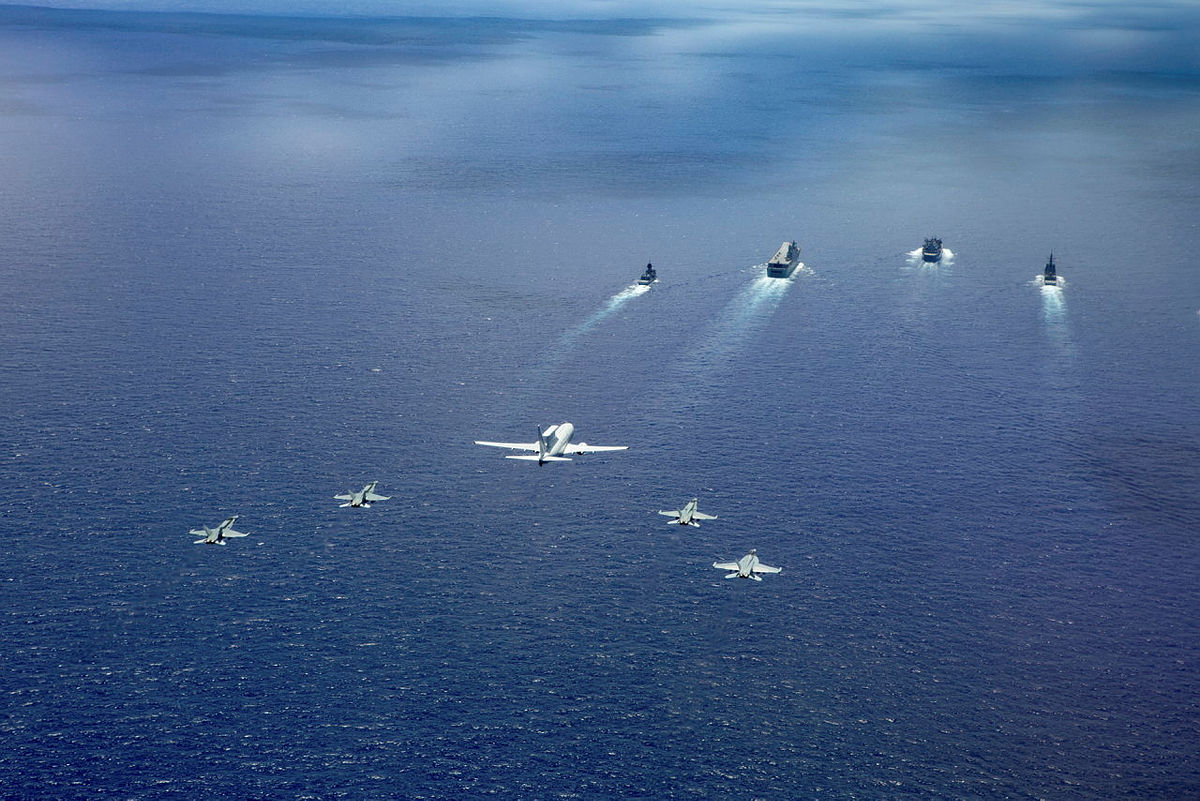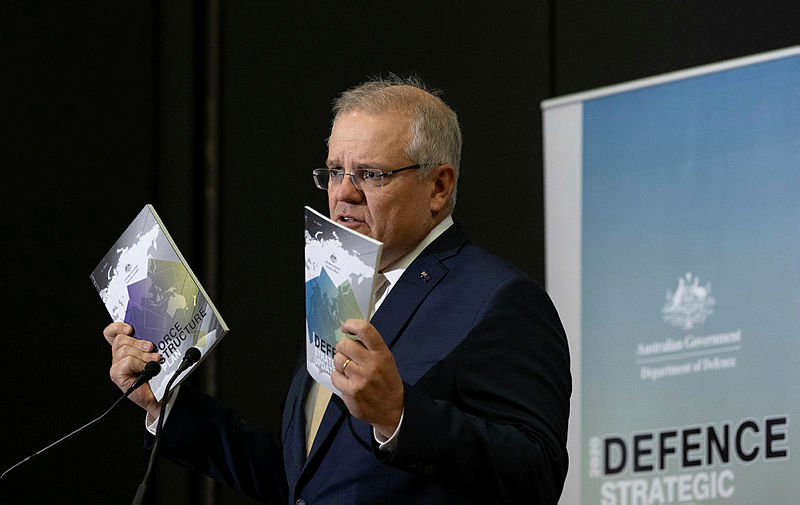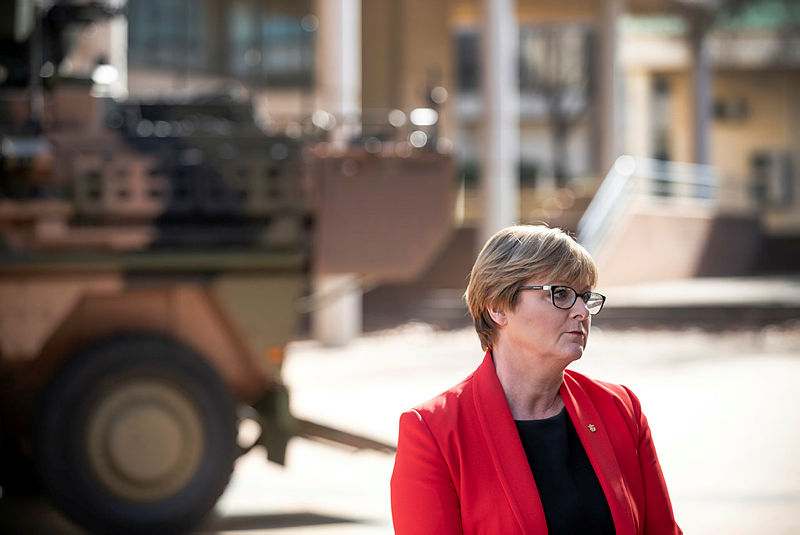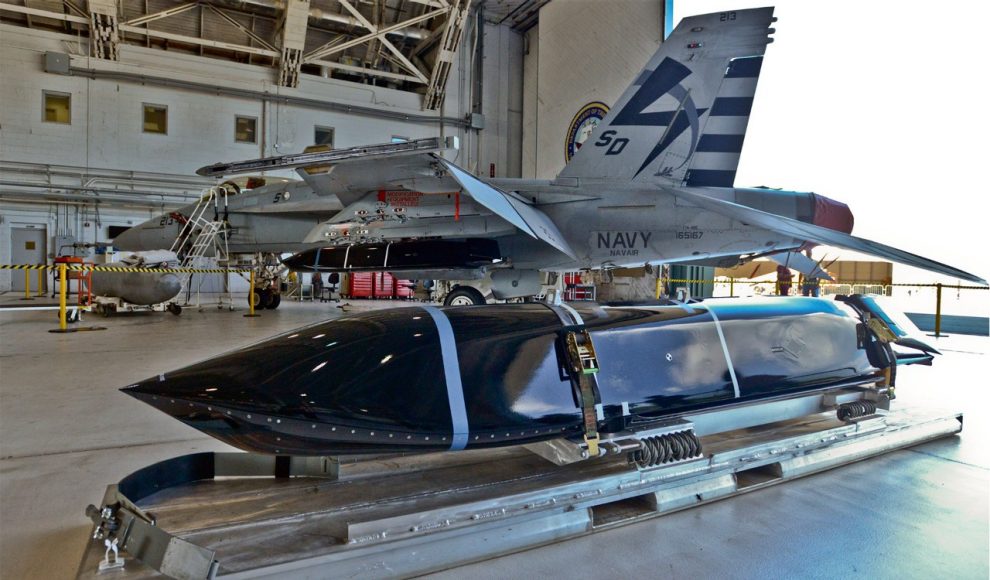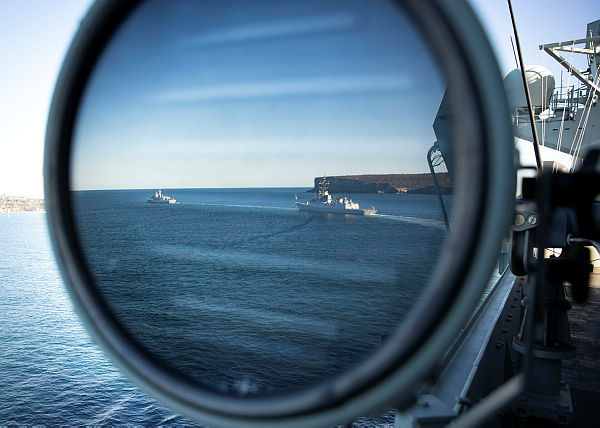Assessing the economic benefits of defence procurement: how hard can it be?
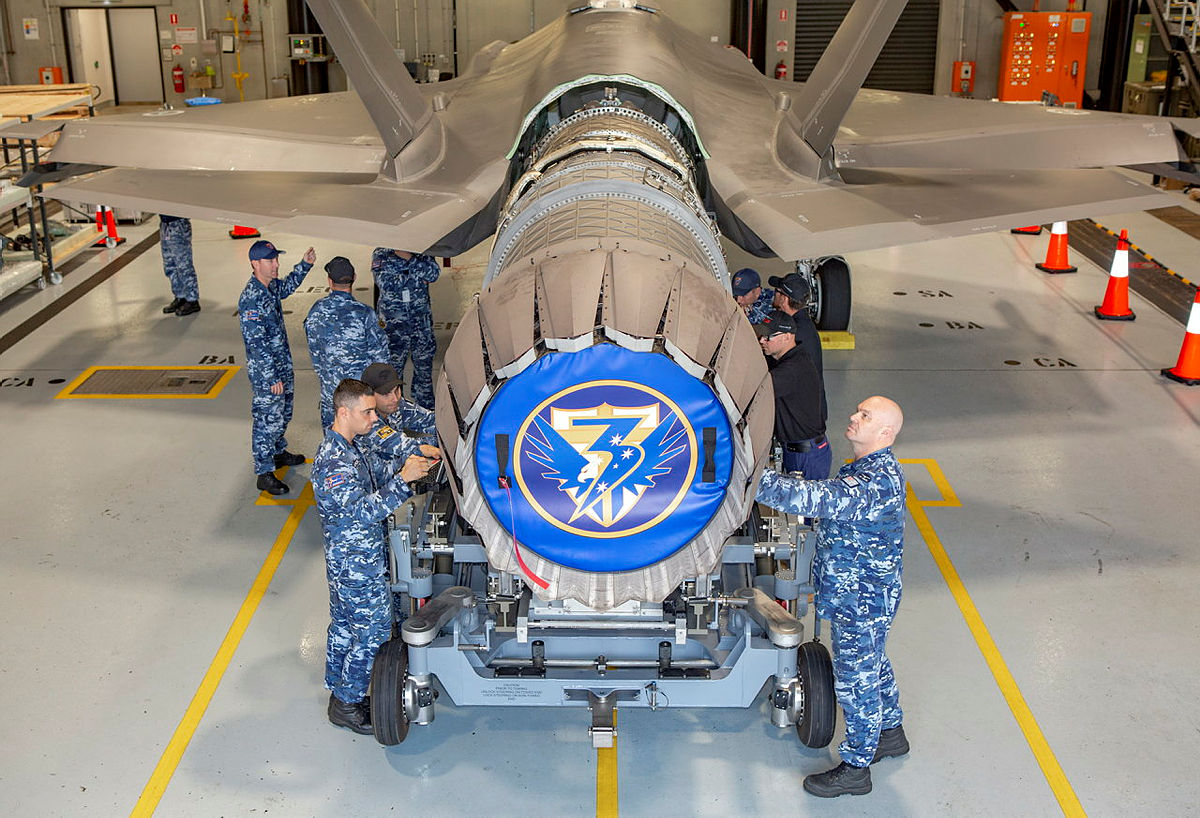
In early August, the Finance Department issued a revised set of guidelines for Australia’s federal departments and agencies to apply when assessing the economic benefit of procuring high-value goods and services. Given the intense controversy surrounding how the Defence Department measures economic benefits when purchasing major items of capital equipment, the revised approach is of considerable interest.
In terms of overarching principles, the revised guidance begin in much the same way as the original introduced just a few years ago. An economic benefit arises when a procurement boosts national productivity, typically in areas in which Australian industry enjoys a comparative advantage. Any evaluation of benefits should have regard to the effective and efficient use of government funds.
For a benefit to emerge, suppliers should therefore be price competitive and rely for their production on resources that would otherwise be unemployed or substantially underemployed. On that basis, productivity improvement isn’t normally fostered when a significant price premium is paid for preferring one source of supply over another or when supply draws resources—like skilled labour—away from equally productive, or even more productive, areas of the economy.
But even if price premiums and resource constraints apply—which is frequently the case for defence projects—a (net) economic benefit might still be obtained if production of the good or service being procured is a relatively promising source of new knowledge in the form of technologies or workforce skills that ‘spill over’ to improve productivity elsewhere. So far, so good.
Unfortunately, that’s where certainty under the revised guidelines ends and the search for meaning begins. That’s because the revised guidelines go beyond the sources of economic benefit noted above to include a set of, undefined and unweighted, ‘broader benefits’ associated with the development and sustainment of industrial capabilities, including those accorded sovereign status by Defence.
Under the new guidelines, ‘broader benefits’ for defence projects are treated as separate from the most obvious and significant forms of economic benefit, linked to the notion of sovereignty and treated as if they alone can determine the outcome of a benefit evaluation. From that, it seems projects offering negligible—or even no—national economic benefits might still satisfy the revised guidelines if they deliver a regional economic gain, a socioeconomic gain or even a non-economic gain in the form of a military–strategic advantage.
If an economic gain of any kind needs to be addressed by Defence under the revised guidelines, several aspects of its measurement appear to lie beyond the department’s analytic capabilities. One is the supply chain effects of projects, which tend to focus on the contribution of small to medium-sized enterprises. Another is how many of the inputs used by projects have alternative opportunities for employment. Finally, the department is unlikely to be able to estimate by itself whether the resources that projects need originate from industries with lower—or higher—levels of productivity.
Fortunately, all three aspects fall should within the range of economic models readily available from consultants. However, those models provide no insight into spillovers. As a result, Defence is likely to carry primary responsibility for assessing what could be the single largest source of economic benefit to arise from its procurements. As the Productivity Commission has pointed out in a defence context, ‘It is easier to assert that spillovers will eventuate than to prove they have.’ That seems to be supported by recent experience.
On the rare occasions when Defence has attempted to gauge the spillover-related savings in sustainment from preferring domestic over foreign assembly of capital equipment, its methods have attracted considerable criticism.
The two latest attempts at estimating economic impact commissioned by Defence—for the F-35 fighter jets and combat reconnaissance vehicles—reference the potential for spillovers but offer little, if any, supporting evidence. A similar situation has emerged in relation to the most recent research, commissioned by industry, into the economic impact of naval shipbuilding.
Several factors complicate any attempt by Defence to assess spillovers. Judgements must be made well before equipment projects mature. There appears to be limited historical evidence in an Australian defence environment from which to draw. And the responsibility for assessments may rest with departmental procurement managers unfamiliar with the methodologies that underpin how spillovers should be estimated.
There are many stakeholders interested in how implementation of the revised guidelines unfolds—especially in what ‘broader benefits’ entail, whether robust estimates of economic benefit will emerge and how those estimates might be weighed against demands for industrial sovereignty.
In the absence of far greater clarity on those issues, it is difficult to see how the latest revisions do much to overcome our limited understanding of how investing in defence capital equipment affects ‘jobs and growth’. Indeed, in their current form, the guidelines may substantially reduce the public’s visibility of important issues associated with defence industry protection.

